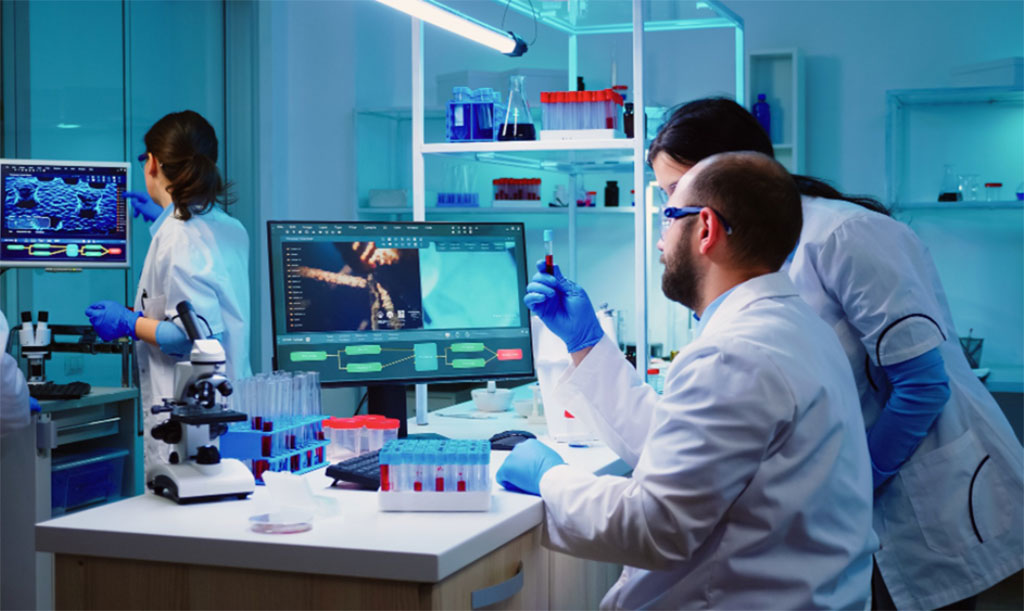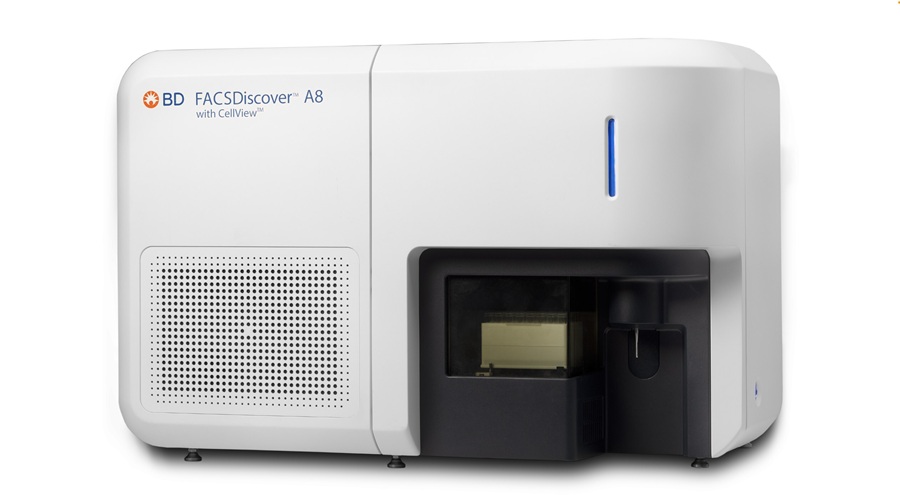Global Market for Biomarker-Based Infectious Disease Tests to Surpass USD 20 Billion in 2027
Posted on 16 May 2023
Biomarkers encompass over a thousand substances utilized as reagents, consumables, and/or test components for a variety of diagnostics and medical research procedures. They also include substances that can detect and measure genetic alterations in patient samples. Biomarkers for infectious diseases include proteins (antigens), antibodies generated due to the presence of infectious agents, and genetic markers. Recent advancements like mass spectrometry are being employed for pathogen identification. The global market for infectious disease tests that utilize biomarkers is anticipated to expand at a compound annual growth rate (CAGR) of 5.8% from USD 14.8 billion in 2021 to USD 20.7 billion in 2027, fueled by factors such as an aging population with higher disease vulnerability, an increase in targeted therapies, and a large and expanding clinical diagnostic test market.
These are the latest findings of Kalorama Information (Arlington, VA, USA), a leading publisher of market research in medical markets.

Laboratory immunoassays are expected to account for more than 60% of global infectious disease biomarker sales over the long term. This can be attributed to the technology’s ability in detecting a wide range of common pathogens, including antigens or antibodies associated with pneumonia, influenza, Clostridium difficile (C. diff), hepatitis C, HIV, herpes simplex virus (HSV), and Lyme disease. Enzyme-linked immunoassays are especially suitable for diagnosing these diseases. In the case of more complex infectious disease testing applications, polymerase chain reaction (PCR), microarrays, and other molecular technologies are likely to garner a higher share of the global value and volume. These technologies are capable of identifying DNA, RNA, and genes associated with pathogens, enabling a much more definitive diagnosis.
Molecular tests can identify infectious agents such as HPV, Chlamydia trachomatis/Neisseria gonorrhea (CT/NG), and tuberculosis. Moreover, these tests are increasingly being used to detect genes associated with resistance to healthcare-related infections and disease-resistant pathogens. Rapid immunoassays employing lateral flow immunochromatographic techniques are being developed to allow detection of an increasing array of infectious diseases at point-of-care locations, including clinics, doctors' offices, hospital emergency rooms, and patient homes. Specific tests now available in this area include ones for bacterial vaginosis (BV), chlamydia, dengue, Ebola, HIV, influenza, Legionnaires' disease, malaria, rotavirus, respiratory syncytial virus (RSV), group A Streptococcus, Treponema pallidum, and Trichomonas vaginalis. The sources for specimens for rapid immunoassays encompass a wide variety of substances, such as whole blood, serum, urine, nasal and throat swabs, stool samples, and vaginal swabs.
Related Links:
Kalorama Information













